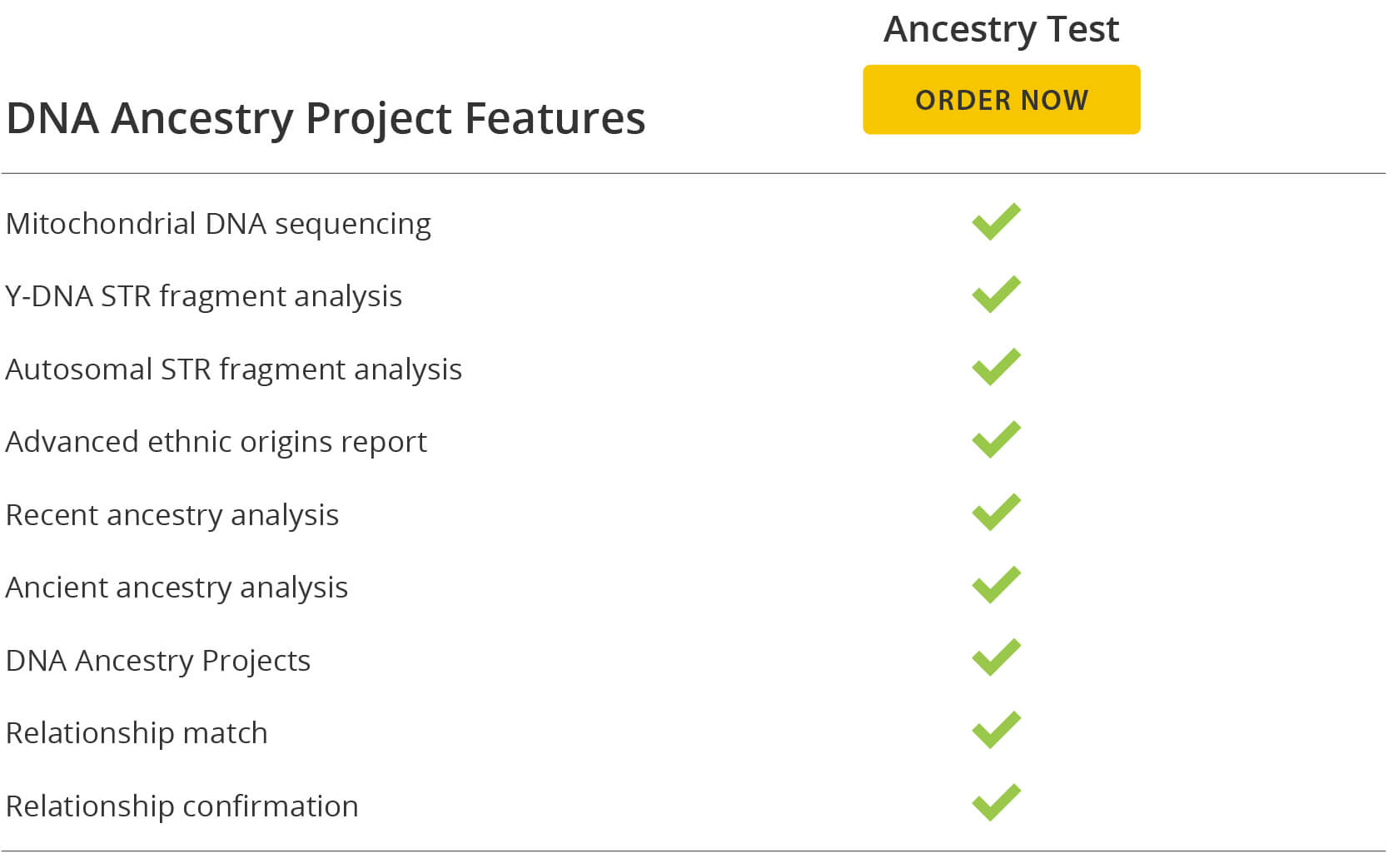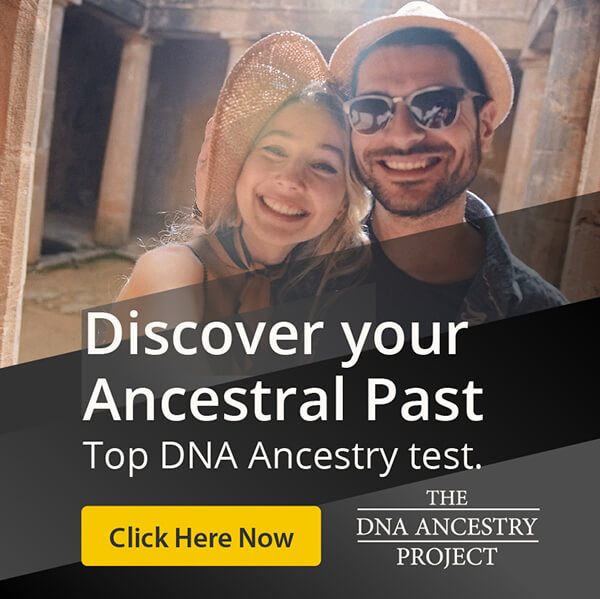Sven Estridsen was the last Viking King of the Scandinavian Viking Era, which lasted from the 8th century to the 11th century. According to historical documents, Sven Estridsen and his mother, Estrid, were entombed in a travertine church in Roskilde (near Copenhagen). Around 150 years later, the church was replaced with a brick cathedral and the remains were moved to the pillar tombs in the new cathedral.
Although it is fairly certain that the tomb of Sven Estridsen does contain his remains, there have been suggestions that the tomb supposedly belonging to his mother actually contains the remains of a different woman. This confusion may have arisen due to the fact that several other royals around the same time period were also named Estrid.
Genetic analysis of the remains
A recent DNA analysis was undertaken to determine the identity of Estrid. The mitochondrial profile was determined from a tooth sample collected from each skeleton – Sven and Estrid. Mitochondrial DNA (mtDNA) has a high copy number (hundreds of copies per cell), rapid evolution rate and strict maternal inheritance making it the most suitable and informative DNA type for the analysis of ancient human remains. There are three regions of the mtDNA that can be analyzed – two hypervariable regions (HVR1 and HVR2) and the coding region.
The geneticists involved in this study sequenced one hypervariable region (HVR1) from each tooth sample. Due to the strict maternal inheritance of mtDNA, Sven and his mother should have identical mtDNA profiles. However, this analysis identified two differences in the HVR1 region between the two skeletons, meaning that it is highly unlikely that the remains buried next to Sven actually belong to his mother. This claim was supported by anthropological evidence showing that the remains belonged to a female that died at 30-40 years of age. Historical records show that Sven’s mother died at 70 years of age.
Conclusions
The genetic analysis of mtDNA from each skeleton, combined with anthropological evidence, conclude that the female remains in the tomb labeled “Margrethe, alias Estrid, Queen of Denmark” do not belong to Sven’s mother. A logical explanation is that the grave contains one of Sven’s two daughters in-law, who were also named Estrid and also became queens, hence the tomb name remains correct.
DNA Database Comparisons







